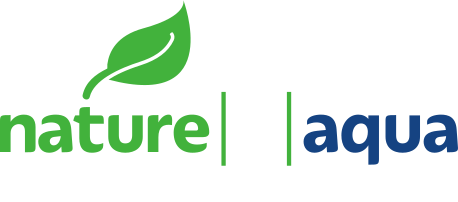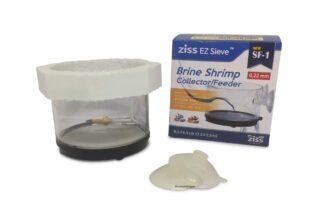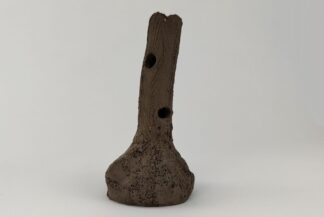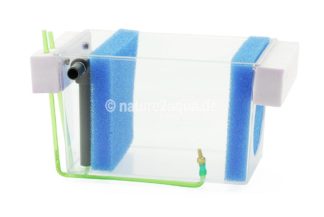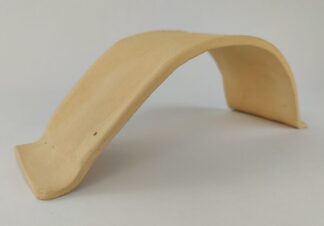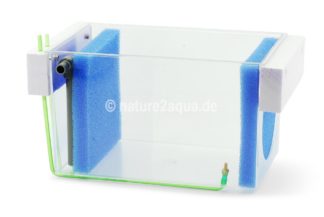No, at least not to an extent that this could affect invertebrates. In small amounts is essential for this copper, but it is precisely the amount that makes something toxic or not. Here is a more detailed explanation:
The University of Cologne as used for over 30 years brass in their test facilities and therefore has excellent experience with this material-related. There are under freshwater conditions no kind of corrosion, thus no major types of “solubility”. Brass is an alloy of copper and zinc, thus comparable with bronze, the well known, consists of copper and tin. Of course we can not exclude the possibility that solve individual metal ions from alloys, but if there is no greater corrosion, it can be considered as absolutely marginal the amount, if any. Furthermore, these sintered bronze diffuser is also for some years used by someone who also produced Immersion rearing boxes, principally L-numbers. Even with these – mostly operated even under low pH – pool there was never evidence that would point to a stronger solution of metal ions </ p>.
So the answer is clearly “no”. We are sure that there is no interaction here, otherwise we would not offer as responsibly-conscious biologists something for the aquarium.
Incidentally include both tin and copper and zinc to the necessary trace elements, not only for plants. Many of these trace elements are at the same time toxic, depending on the concentration (Paracelsus). And the discussion fertilizer – shrimp, to name just one example, provided that one would flip an entire bottle of copper-containing fertilizers in a 100 liter aquarium, to get into an area that reaches as nearly at concentrations causing shrimp malaise.
